Hydrangeas are beloved for their stunning blossoms and unique characteristics. There are several types of hydrangeas, each with its own charm, ranging from the popular bigleaf to the unique climbing varieties. This article explores various hydrangea types to help you identify the right one for your garden, while offering tips on care and maintenance.
Types of Hydrangeas and Their Characteristics
The vast array of hydrangeas can be categorized into several main types, each providing unique ornamental value. Here is a detailed breakdown of the most common types of hydrangeas:
1. Bigleaf Hydrangea (hydrangea macrophylla)
- Description: This is the most recognized type of hydrangea, known for its large, round flower clusters.
-
Flower Varieties: Comes in two types—mophead and lacecap.
- Mophead: Large, ball-shaped clusters.
- Lacecap: Flatter flower clusters with a ring of larger flowers surrounding smaller ones.
| Color Range | Blue, Pink, Lavender, White |
|---|---|
| Soil pH Impact | Alteration affects bloom color (acidic soil produces blue flowers; alkaline yields pink) |
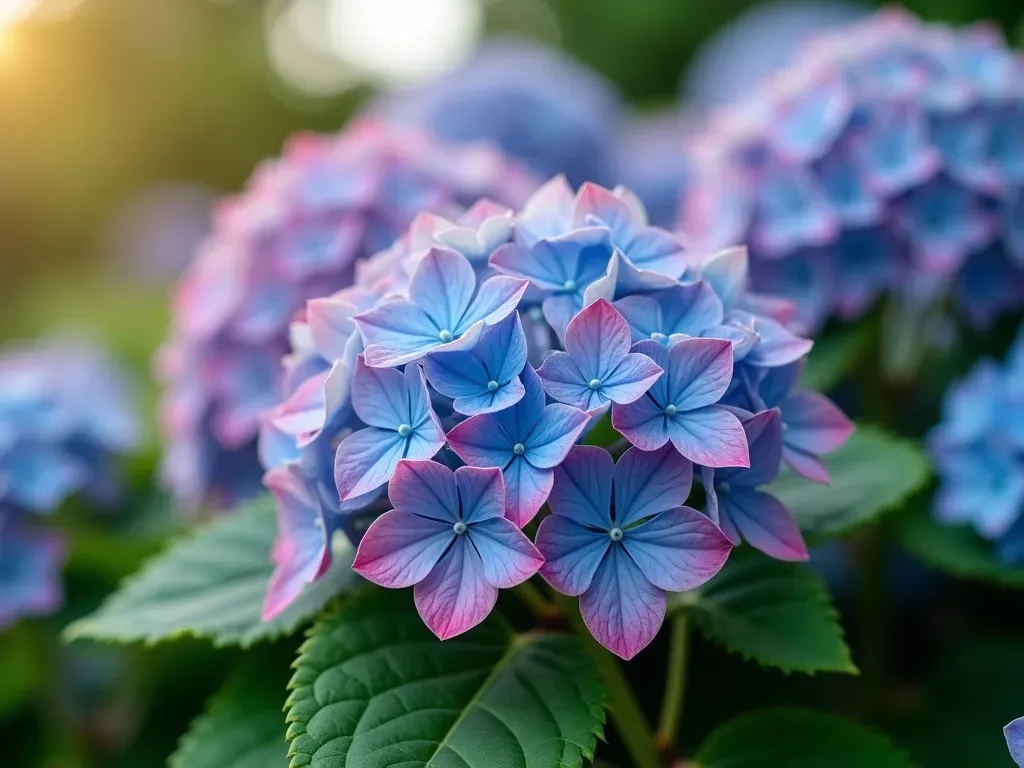
2. Smooth Hydrangea (Hydrangea arborescens)
- Description: Known for its hardy nature, smooth hydrangeas feature large, white blooms.
- Notable Variety: ‘Annabelle’ is particularly famous for its massive flower heads.
| Flowering Season | Late Spring to Early Summer |
|---|---|
| Sun Requirements | Prefers partial shade |
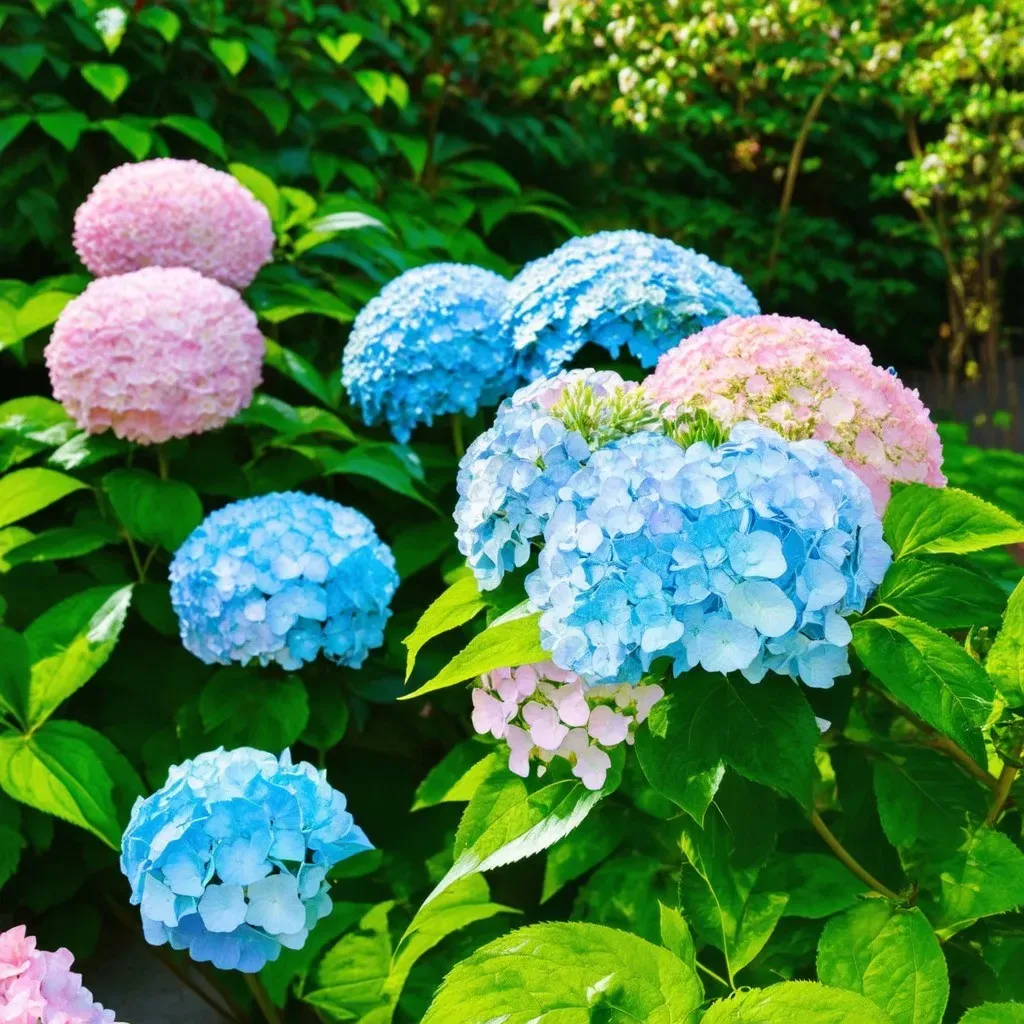
3. Panicle Hydrangea (Hydrangea paniculata)
- Description: These hydrangeas are distinguished by their cone-shaped flower clusters.
- Popular Varieties: ‘Limelight’ and ‘Pinky Winky’.
| Flower Colors | White, Pink, Red |
|---|---|
| Growth Habit | Can reach heights of 8–10 feet |

4. Oakleaf Hydrangea (Hydrangea quercifolia)
- Description: This type is recognized for its unique oak-shaped leaves and a stunning fall color display.
- Flower Appearance: White flowers that transition to pink as they age.
| Growth Form | Bushy with a height of 4–6 feet |
|---|---|
| Soil Preference | Prefers well-drained soil |
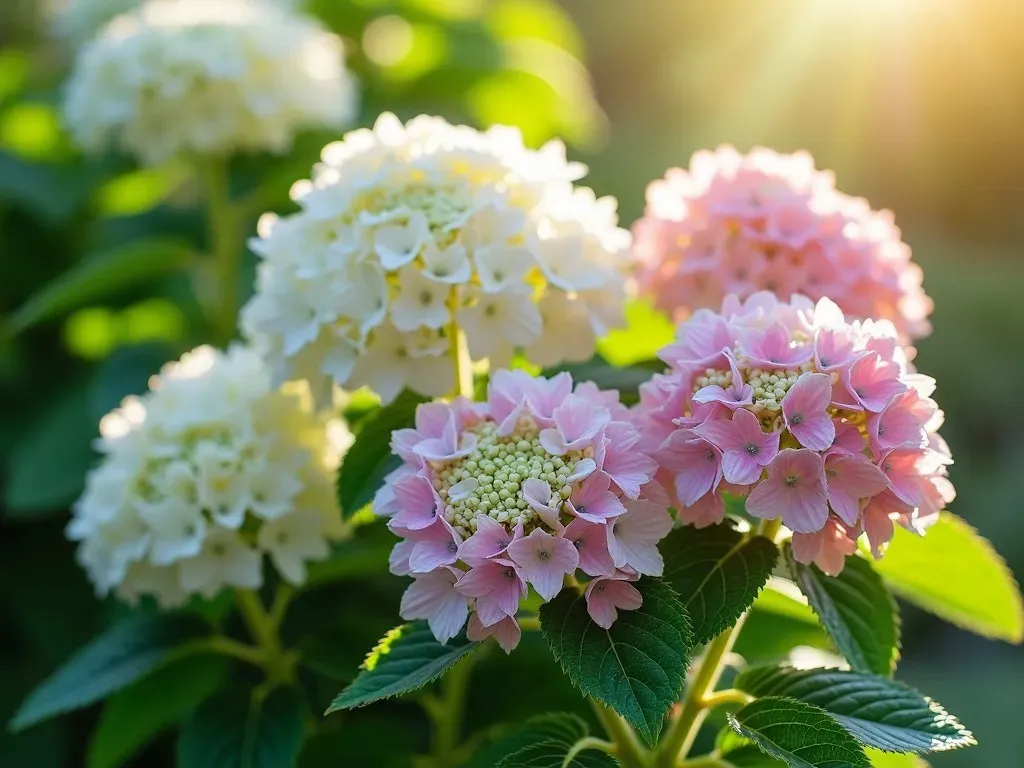
5. Climbing Hydrangea (Hydrangea anomala)
- Description: A vigorous climber that can cover walls and trellises effectively.
- Flower Structure: Produces white lacecap flowers.
| Growth Habit | Climbs through aerial roots |
|---|---|
| Light Preference | Thrives in partial shade |
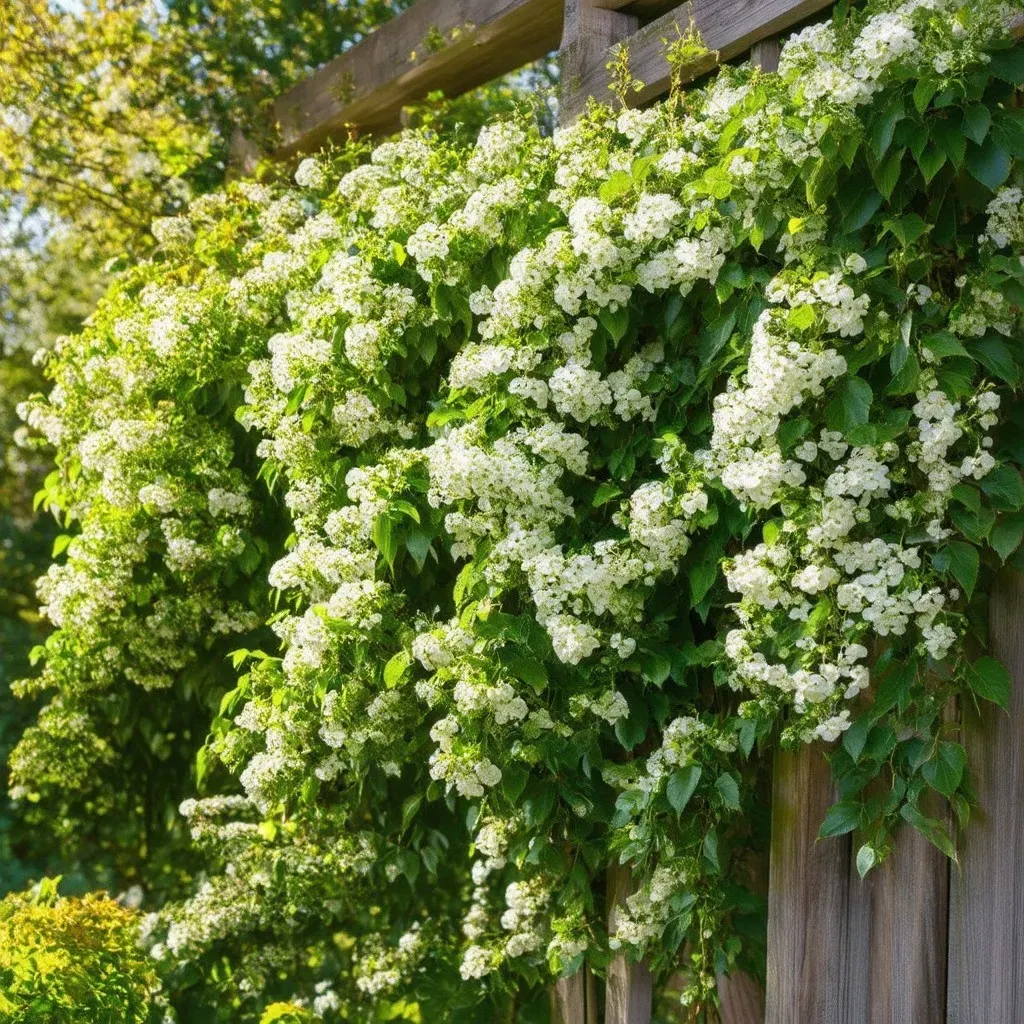
6. mountain hydrangea (Hydrangea serrata)
- Description: Known for its compact size and delicate blooms, these are great for smaller gardens.
- Flower Characteristics: Similar to bigleaf but often smaller.
| Common Varieties | ‘Bluebird’, ‘Beni-gaku’ |
|---|---|
| Hardiness Zones | Zones 5-9 |
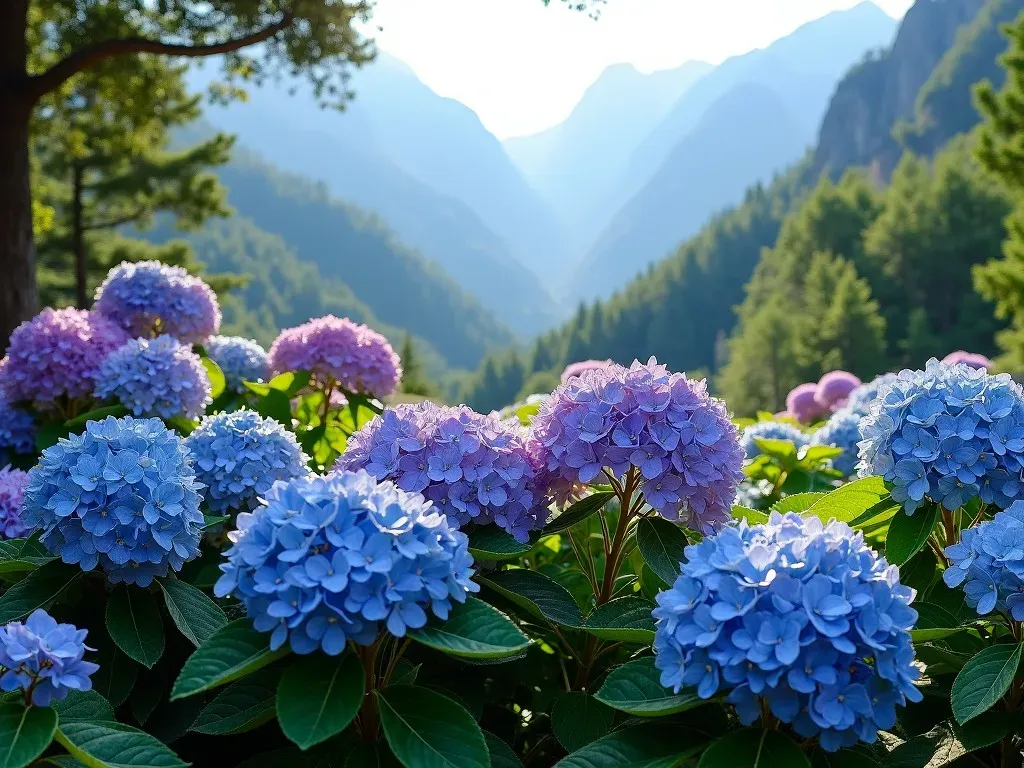
Comparison of Different Hydrangea Types
Below is a comprehensive table comparing various Hydrangea Types based on key characteristics:
| Type | Height | Floral Shape | Color Range | Light Requirement |
|---|---|---|---|---|
| Bigleaf | 3-10 ft | Mophead / Lacecap | Blue, Pink, White | Partial to Full Sun |
| Smooth | 3-5 ft | Round | White | Partial Shade |
| Panicle | 8-10 ft | Cone | White, Pink, Red | Full Sun |
| Oakleaf | 4-6 ft | Cone | White to Pink | Partial Shade |
| Climbing | 30-50 ft | Lacecap | White | Partial Shade |
| Mountain | 2-4 ft | Lacecap | Pink, Blue | Partial Sun to Shade |
Care and Maintenance Tips
To ensure a thriving hydrangea garden, consider the following care tips:
- Watering: Hydrangeas require consistent watering, especially during dry spells.
- Pruning: Timing varies by variety—bigleaf hydrangeas benefit from pruning in late summer, while panicle types may need pruning in late winter.
- Fertilizing: Use an acid-based fertilizer to enhance blooms; avoid over-fertilization.
- Mulching: Protect roots during winter months with a layer of mulch.
Reference Video
Frequently Asked Questions (FAQs)
What type of hydrangea do I have?
Identification is key. Examine the leaf shape, flower color, and size. Refer to the detailed descriptions above to match your hydrangea with one of the types listed.
How do I change the color of my hydrangeas?
To alter the color of bigleaf hydrangeas, adjust the soil pH:
- To achieve blue flowers: Lower soil pH (add sulfur).
- To achieve pink flowers: Raise soil pH (add lime).
Are hydrangeas deer-resistant?
While not fully deer-proof, many hydrangeas display characteristics that deter deer due to their thick, tough leaves.
How long do hydrangeas bloom?
Generally, hydrangeas bloom from late spring to early fall, with annual maintenance enhancing flower longevity.
Where can I find more information on hydrangeas?
For detailed guidance on hydrangea types, visit Hydrangea Guide.

Understanding the diverse types of hydrangeas available provides the knowledge necessary to cultivate a vibrant garden. With proper care and the right selection, these striking plants will enhance any outdoor space with their stunning blooms and lush foliage. Happy gardening!


